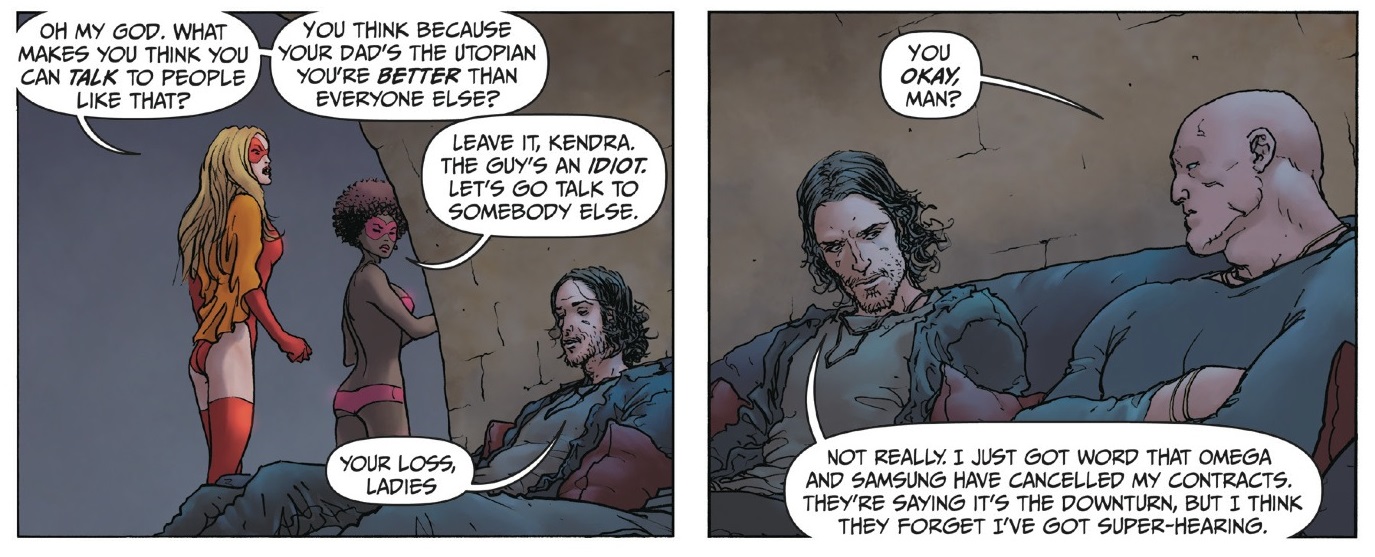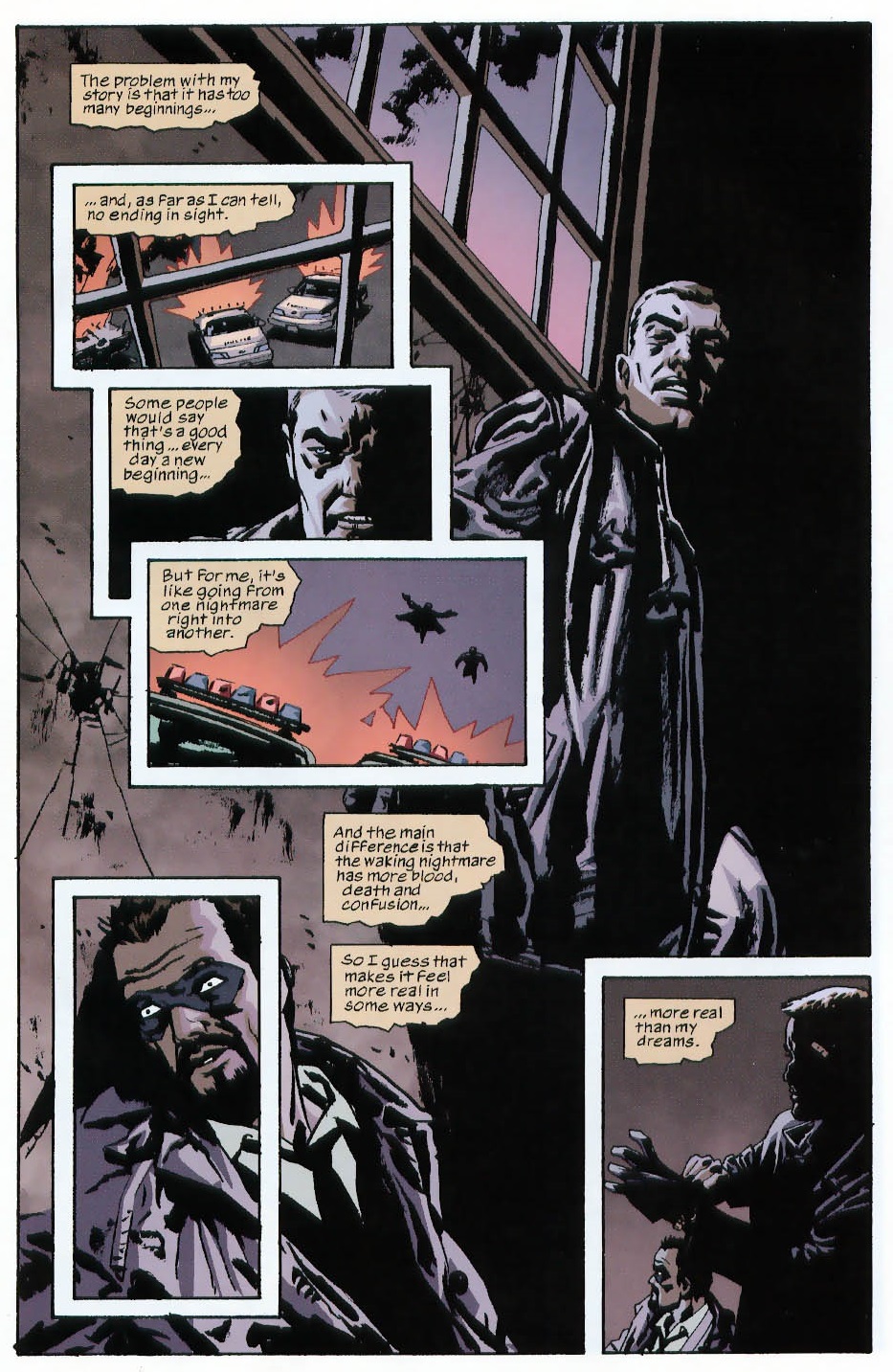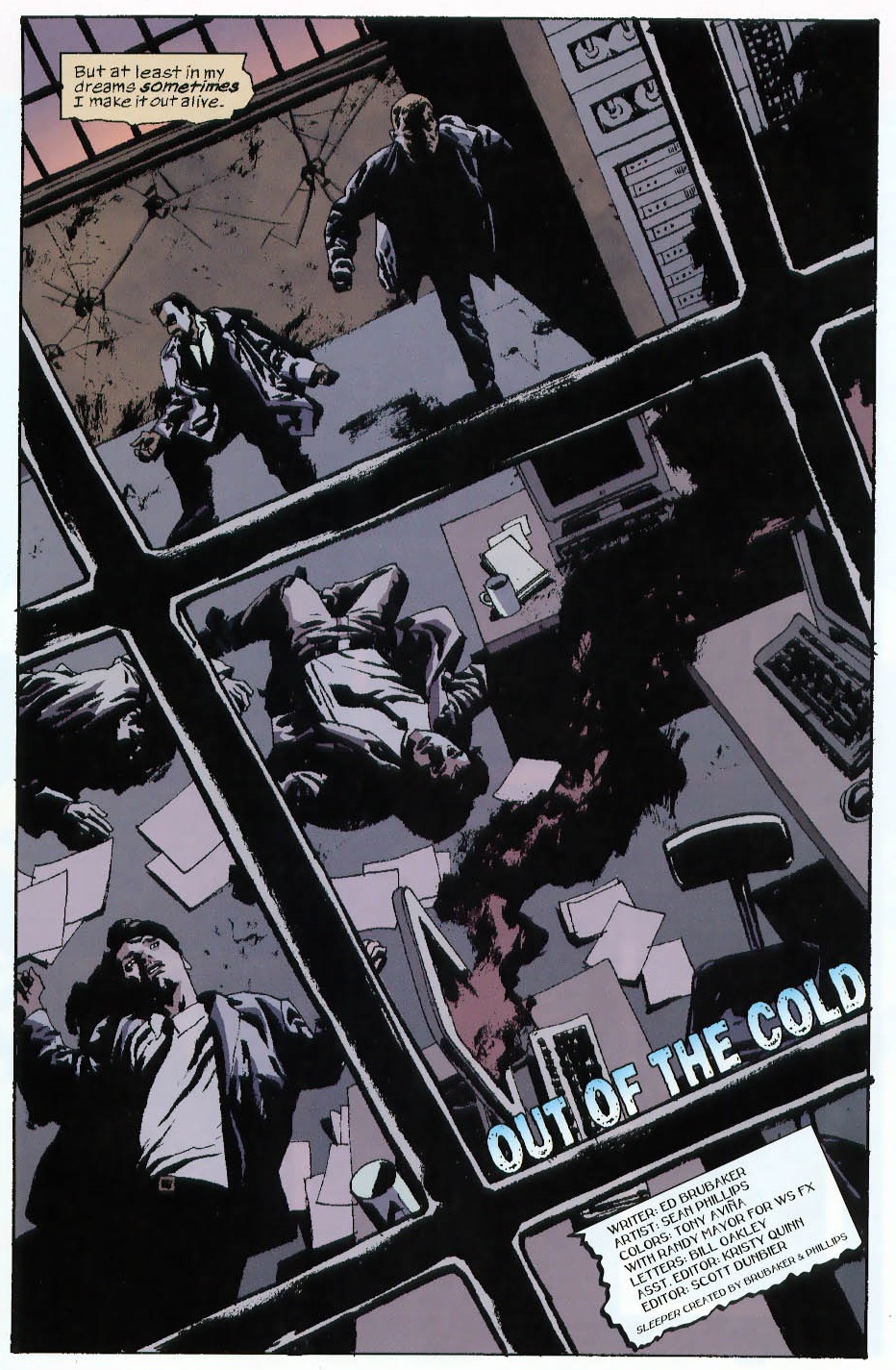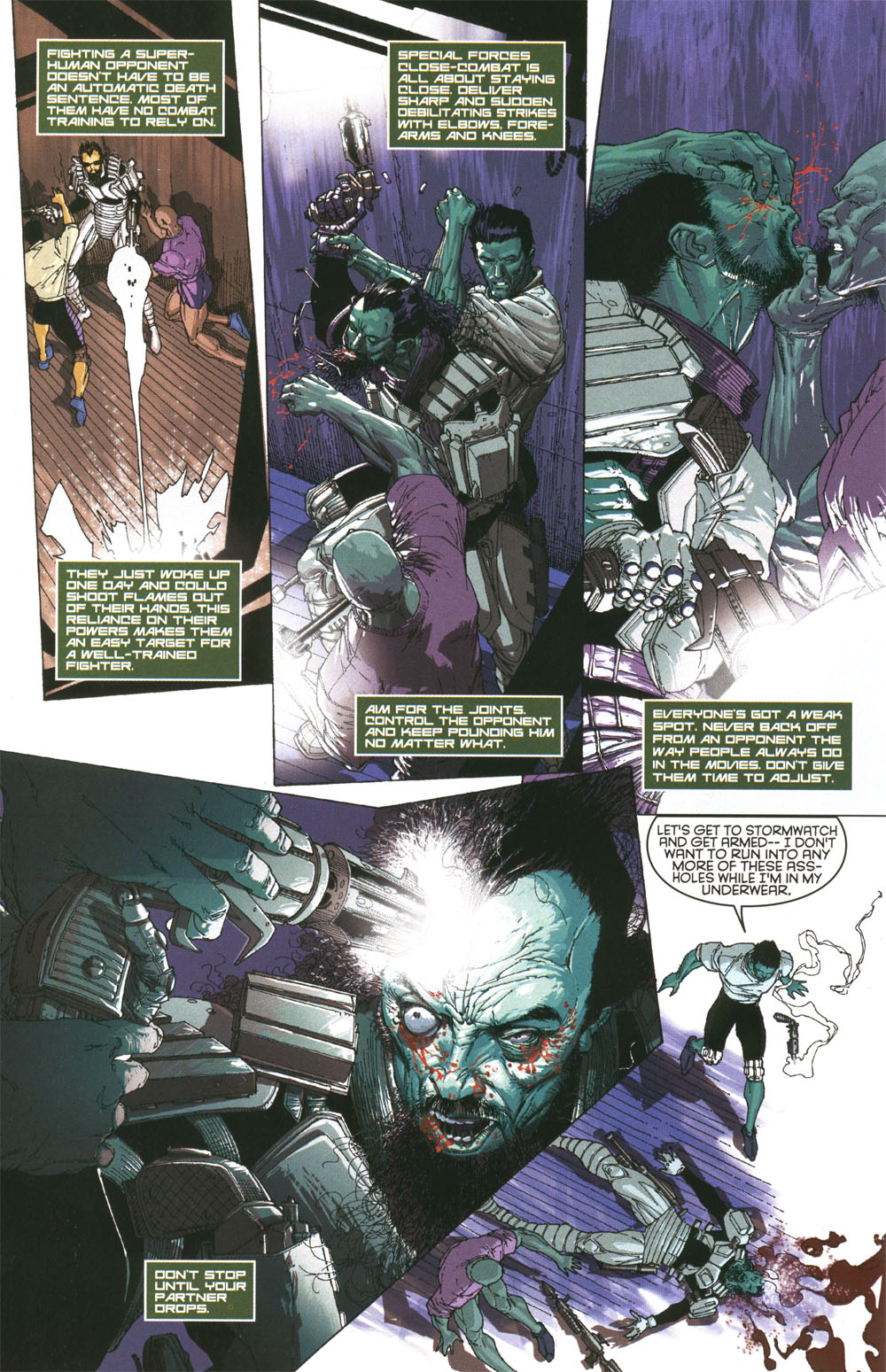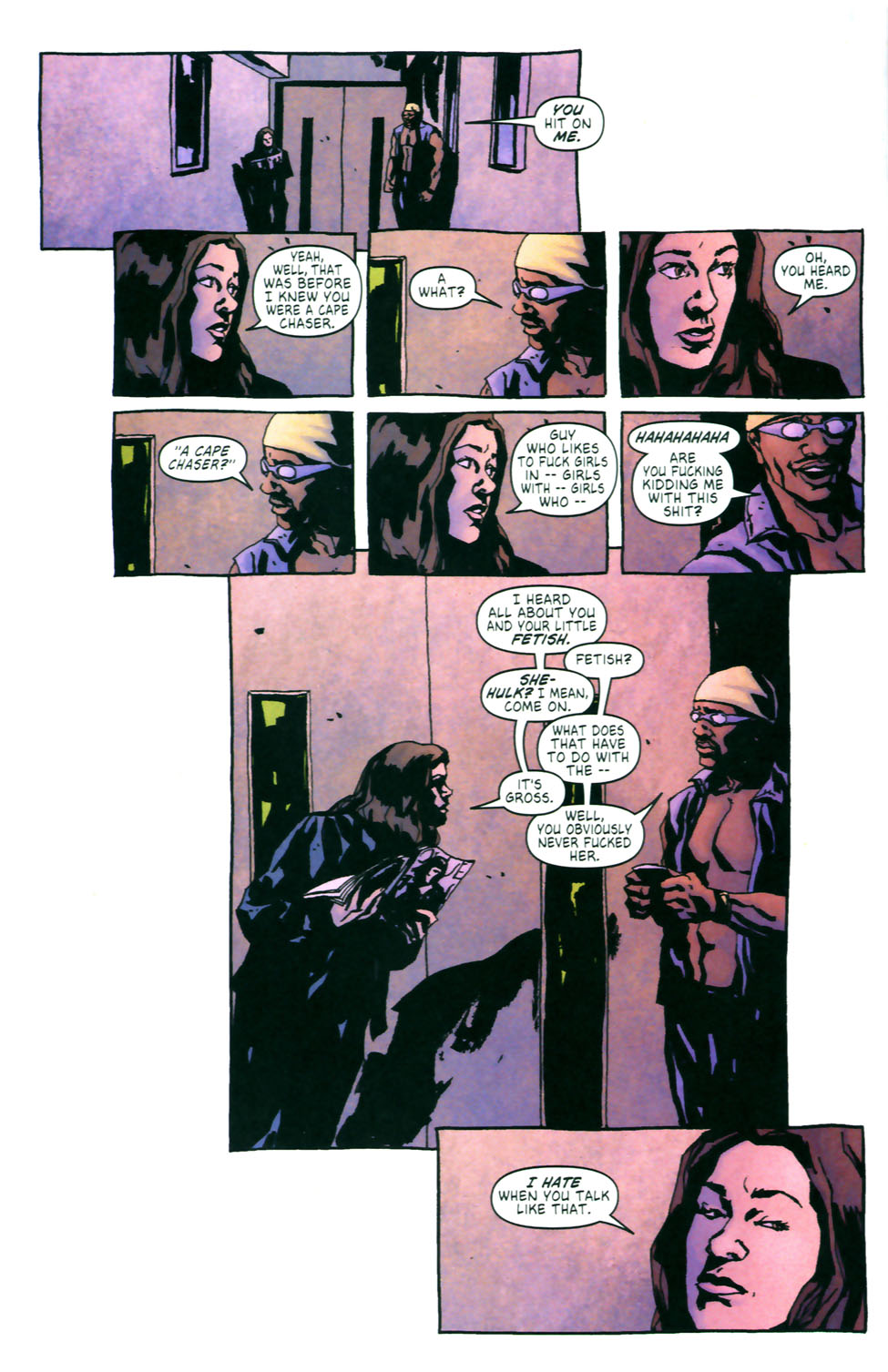So yeah, Batman v Superman: Dawn of Justice. There is something puzzling in almost every scene of this film. Why did Bruce’s employees wait for his phone call before evacuating a building that was obviously about to be crushed? Why did Superman assume that he couldn’t just force Lex Luthor to contact the men who had kidnapped Martha? What the hell was the point of Luthor’s plan, anyway? And why did that drunken brute who spent much of the movie shooting guns and trying to kill people insist on dressing like Batman?
Oh well, I’m sure by now the rest of the blogosphere has covered all of the film’s plot holes and pacing problems and incoherent characterization and tasteless visual choices and its general mean-spirited vibe, but ultimately that’s not why I think this was such a missed opportunity. It’s not the jumbled politics either (Frank Miller’s The Dark Knight Returns is full of those!), nor the mindless carnage (although it could’ve at least been more inventive). I guess I could live with the dour tone if only the film wasn’t so dumb. Or I could live with the silliness if only the film didn’t take itself so seriously… Especially since there are already so many stories out there that explore the contrast between the Man of Steel and the Dark Knight in much, much more interesting ways.
 World’s Finest (v2) #1
World’s Finest (v2) #1
I don’t even think Ben Affleck is a bad Bruce Wayne. And the problem with Jesse Eisenberg going camp is that it doesn’t fit in with anything else in the movie. Then again, the reason why Gal Gadot steals the show is the fact that her performance does feel so different from everyone else’s – while Batman and Superman come across like brooding jerks, Wonder Woman actually brings some joy to the picture. Let’s face it, her pre-battle smirk is by far the coolest moment in the whole film!
And yet, I insist: my main issue wasn’t necessarily with the grimness per se (after all, although I tend to side with those who mourn the loss of pulpy imagination in lieu of pseudo-serious allegory, I still dug Captain America: Civil War). But by making grim assholes out of Superman and Batman – not Apollo and Midnighter, or Hyperion and Nighthawk, or, hell, Supreme and the Punisher – Zack Snyder wasted a chance to show these characters at their best in the golden age of geeky blockbusters… So now DC is launching a whole expanded cinematic universe and at its very foundation is the notion that superheroes are scary creatures that reflect the horrors of the world rather than making it better. Everything is backwards: Suicide Squad, which was supposed to be the irreverent movie about psycho anti-heroes, ended up looking upbeat in comparison…
(Don’t get me wrong, despite a couple of nice performances, Suicide Squad is a sleazy, sloppily edited clusterfuck, but at least it tries to make its protagonists likable in the end, which I suppose makes a twisted kind of sense once you accept that this is a Bizarro DCU – whereas in the original comics the Squad was created to do the dirty jobs the clean-cut superheroes wouldn’t touch, in the cinematic universe the Squad is presented as our protection against the threat of terrifying superbeings.)
That said, I gladly admit that there is a certain iconoclastic appeal in fucked up superhero stories that take this childish concept into dark places. They don’t even have to be multilayered masterpieces like the original Watchmen – it can be entertaining enough to just ramp up the violence and cheekily subvert the genre’s rules and morals. Zack Snyder’s messy opera could’ve been a bold live-action incarnation of that type of superhero exploitation… it even comes close a couple of times, but overall Batman v Superman: Dawn of Justice sadly forgets to be clever or fun.
If you’re into that kind of stuff, though, there are plenty of comics that do a much better job:
NO HERO
‘How much do you want to be a superhuman?’, asks the tagline of No Hero. Well, if you want to join the progressive super-team Front Line, then the process can involve unbelievable physical and psychological damage and, even after all that, the world of superheroes may not be exactly what you expect… Then again, nothing really is, in this uncompromisingly brutal, cynical blast of a comic! In the tradition of series such as Empire and Ex Machina, No Hero creates an alternative universe shaped by just a handful of people with super-powers while approaching the genre in its own eccentric way.
Writer Warren Ellis and artist Juan Jose Ryp are no strangers to sick, outrageous excess, but here, working together, they reach new heights of splatterpunk lunacy. Ellis supplies the nasty twists and the sarcastic dialogue, as well as some provocative thoughts on vigilantism. Juan Jose Ryp then delivers marvelously unhinged gore, including a bunch of splashes with a nightmarish hallucination that looks like what you would get if gremlins mated with xenomorphs.
JUPITER’S LEGACY
What if the offspring of Golden Age-type idealistic superheroes were a batch of shallow, narcissistic celebrities who cared mostly about their sponsors and publicists? This is the premise behind Jupiter’s Legacy, which starts by applying superhero logic to real world issues like the generation gap and the financial crisis before veering off into exciting new directions. More than using its characters as metaphors for the changing of the times, Jupiter’s Legacy revels in the perverse joy of unleashing these larger-than-life beings into a recognizable reality and then watching them tear down the place.
The series was created by Mark Millar and Frank Quitely, two veterans of this type of comic who go balls out with the concept (the first issue’s cliffhanger involves a superhero overdosing on drugs bought from an off-world dealer), switching between epic fights and mundane character moments without losing a beat. Millar has always been very hit-and-miss, but Jupiter’s Legacy proves he can still pull off a damn satisfying mix of comedy, politics, and imaginative ideas – this is Millar’s most accomplished stab at transgressive superheroes since his cult runs on The Ultimates and The Authority, way back when. As for Quitely’s art, what can I say… while this may not go down in history as his greatest work, it still blows me away, selling each of Millar’s signature ‘fuck yeah’ moments!
Mark Millar also wrote a neat spin-off, Jupiter’s Circle, with two volumes out so far. Despite the charming artwork by Wilfredo Torres, Davide Gianfelice, and Francesco Mortarino, Jupiter’s Circle takes the nostalgia goggles off, skillfully showing the contradictions of the superheroes of the Greatest Generation in the post-WWII world (cue priceless cameos by Katharine Hepburn, Sammy Davis Jr, and Ayn Rand).
SLEEPER
While I don’t think Zack Snyder’s films do justice to the DCU, his cinematic vision would fit relatively comfortably in the now departed WildStorm imprint. Edgy in terms of both themes and visuals, in the early 2000s WildStorm gave us several excellent series about vicious superheroes fighting each other over morally ambiguous politics. One of the most ‘adult’ comics of this crop was Ed Brubaker’s and Sean Phillips’ spy noir Sleeper, in which an undercover agent loses his liaison with the outside world while infiltrating a secret post-human organization led by earth’s most intelligent and manipulative crime lord.
Despite sharing its title with Woody Allen’s slapstick masterpiece, Sleeper is actually an expertly crafted mole thriller (à la 2002’s Infernal Affairs) spiced up with supernatural elements and global conspiracies. Besides playing with the toys of the WildStorm Universe – like the Bleed, a dimension between realities – the series creates an engaging cloak-and-dagger underworld, one inhabited by offbeat characters such as the brutish enforcer Genocide (‘he’s more than just a hair-trigger bad-ass… sometimes I think he’s like a living embodiment of black humor’) and the sadistic femme fatale Miss Misery, who literally gets her powers from being bad.
The team of Ed Brubaker and Sean Phillips, who went on to do many other acclaimed comics together (including another super-crime series, Incognito), are completely at home in this material. They clearly enjoy going into psychologically murky areas, having specialized in frustrated anti-heroes riddled with angst and sexual temptation. Brubaker excels at writing three-steps-ahead-of-you intrigue, while Phillips’ designs, drenched in moody shadows and neons by colorists Tony Avina and Carrie Strachan, give the proceedings a seedy, doomed tone.
Completists will also want to read Brubaker’s prelude mini-series Point Blank, with stylish art by Colin Wilson. Starring Cole Cash (aka Grifter, former member of the super groups Team 7 and WildC.A.T.S.), Point Blank is a serpentine hardboiled mystery that establishes Sleeper’s initial status quo. It is included in The Sleeper Omnibus collection.
STORMWATCH: TEAM ACHILLES
Another gem from the WildStorm line, this one about an UN-backed international unit tasked with policing superhuman terrorism. While their catchphrase ‘We’re not superheroes. We kill superheroes.’ is not entirely accurate (the team does include an Israeli telepath and a South African shapeshifter), it tells you all you need to know about their attitude. Led by the cruel Colonel Ben Santini – who is resentful over the fact that a superhero once shot off his knee – the team has to figure out ingenious, low-budget strategies to take down ultra-powerful adversaries, whether it’s super-jihadists or the notorious Authority.
Part sci-fi military fiction, part blunt satire typical of the Bush era (the same era that gave us the memorable Masters of Horror episodes ‘Homecoming’ and ‘Pro-Life’), Stormwatch: Team Achilles is a slick, bloody series that never slows down. Creator Micah Ian Wright keeps coming up with captivating ideas, like the tale of a rejected writer with reality-warping powers who forces people to live in his shitty stories (in an issue that opens with a nod to Calvino’s brilliant metafictional novel If on a winter’s night a traveler). The characterization is broad yet effective. The dialogue is an amusing blend of macho posturing, male (and female) bonding, and gallows humor. And at one point Santini has to fight the reincarnation of George Washington!
ALIAS
Alias is the most action-light comic on this list, but it more than earns its place with hardcore profanity and a fascinating grounded take on the world of superheroes. This quirky mystery series revolves around Jessica Jones, a self-destructive private eye who used to be a costumed hero (albeit not very good at it). The first comic published under the R-rated MAX imprint, in 2001, Alias is officially set in the Marvel Universe, which means that Jessica gets to stumble into Captain America’s secret identity or end up on a date with one of the various guys to go by Ant-Man (‘He’s a real Ant-Man. Just not that Ant-Man.’). The joke is that although Jessica does have some mild powers, this doesn’t necessarily make her all that remarkable in Marvel’s New York City, where so many gods and mutants hang out.
Besides being a fun set-up, Alias’ premise resonates with the recurring themes of malaise and alienation, as both the protagonist and many of the people she investigates seem burdened by the need to feel special. The comic is almost deconstructionist in the way it approaches the Marvel Universe through mundane banter and anti-climactic plot resolutions, not to mention offbeat digressions (like the flashback with a teen Jessica masturbating to a poster of the Human Torch), nailing plenty of insightful human moments along the way. In line with this defiantly down-to-earth spirit, Michael Gaydos designed a Jessica Jones that didn’t come across as unreasonably attractive (even if she does look quite pretty in David Mack’s gorgeous covers). As for Brian Michael Bendis, still fresh off his indie career and before becoming a caricature of awful mainstream writing, he played to his strengths by creating a series that combined the straight-up crime comic Jinx with the superhero cop saga Powers. In fact, his flair for meandering and decompression fits perfectly in a comic like this, set on the edges of the big adventures of the main Marvel titles and focused on the smaller-scale story of someone stuck halfway between the outlandish superheroes and the non-powered average citizens.
In 2004, Jessica Jones went on to star in The Pulse, where she became a consultant for the Daily Bugle, providing a street-level perspective on the crossovers of this era, such as Secret War and House of M. This witty series was relatively light compared to Alias (it was no longer published by MAX, but under the regular Marvel imprint), especially the early issues drawn by Mark Bagley, who gave the comic a much more conventional look and Jessica a more standard type of beauty. Bendis then continued to use the character in his Avengers runs over the years, but from what I gather he never found anything particularly interesting for her to do. We’ll see what comes out of her new comic, which is about to launch…
To be sure, Alias is the most high-profile entry here, given that it has been successfully adapted into the gritty Jessica Jones Netflix series. As much as I love Alias, I have to admit that JJ is one of the rare live-action superhero adaptations that’s actually smarter than the source material – unlike, say, the Hulk movies or Suicide Squad or pretty much every Alan Moore adaptation. Indeed, despite doing away with most of the comic’s enjoyably salty language, Jessica Jones is a very cool show with a whirling plot and intriguing characterization all around, reinforcing the by-now-clichéd perception that the best writing at the moment is being done for the small screen (by contrast, a case has been made that blockbuster movies by definition privilege spectacle over plot, character, or themes, even when superficially borrowing the latter from other media and genres).
That said, for all the elements of fantasy it contains and despite being set in the same continuity as The Avengers film, the first season of Jessica Jones doesn’t fully confront the magnificent goofiness of superheroes. Although it doesn’t shy away from exhilarating action, so far the show has made a point of avoiding silly costumes and codenames. One of the delights of Alias, however, is precisely how it takes the opposite strategy – it explicitly acknowledges the presence of colorful heroes and villains in the city while at the same time refusing to play by the rules of their genre (just like Jessica herself). Thus, instead of the traditional slugfests, Bendis and Gaydos fill the comic with dialogue-heavy talking-head sequences that hinge on subtle panel changes (they break further away from convention in issue #10, which reads like a collage of a conversation transcript over a series of paintings). At one point, they even sneak in a whole splash page with Jessica just sitting on the toilet, thinking about a case. What’s more, as wordy as the dialogue can be, Bendis excels at suggesting what is *not* being said, whether it’s an underlying sense of frustration or increasing tension. For instance, I really dig the lengthy, virtuoso cop interrogation scene in issue #3:



